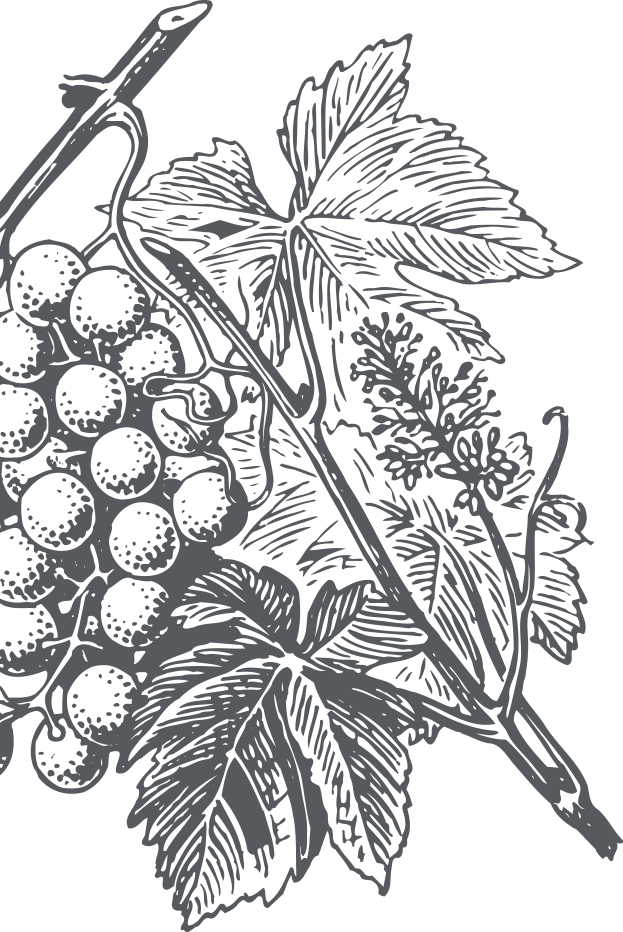Even though professional wine tasting is absolutely unadvised, if not prohibited, when eating anything between tasting samples, the enjoyment of good food comes from the idea of great dishes that go alongside a fantastic wine which is well-matched.
For this reason, personal tastes are stimulated by the quality of the food on offer and this is the main reason why we experiment with many different possible pairings. Subjectivity implies the freedom to choose, to appreciate one’s own personal tastes that nobody could or should interfere with. In any case, some basic rules exist which help to create a clear order of gastronomic harmony which gives rise to a swell of intense emotions.
« Mais un art quel qui soit, est avant tout une école de liberté. Une recette de cuisine est d’abord un appel à la souplesse, à la recherche, l’enrichissement personnel, une invite à l’exploration sans rivages de la créativité en la matière. » (Daniel Zimmeman – Biografo di Alexandre Dumas)
The food pairing must intensify foods with wine and vice versa complimenting, integrating, amplifying and involving the array of sensations avoiding the hiding of natural flavours or even cancelling them altogether with the others. As a result, there must be a perfect relationship between the dish and the wine being served, but also, between wines and dishes served in the following courses. There are many theories about the methods used to pair the dish with the wine, however, due to, the precision of this guide, we will try to suggest what specific products of a given territory are always able to find a natural pairing with local specialties. Thus, little remains to be said except to invite the reader to experiment the “marriages”, of which are not always going to be monogamous in this case, between wines of the four areas covered and their local dishes whilst keeping to a few small but basic rules such as:
- serve dry wines before sweet wines
- serve young wines before aged wines, white before red and thus the lighter wines before heavybodied ones
- avoid serving dry Spumante with dessert, the sweetness will clash with the acidity of the wine thus creating an unpleasant taste; Brut in this case is preferred when serving appetizers or meals with a menu that has been properly planned
- match sweet or late harvest wines with desserts
- when preparing dishes cooked with wine, try to use close to the same type to accompany it thus avoiding any undesired flavors from the accompaniment
- avoid serving wines with dishes in which vinegar I s used.



